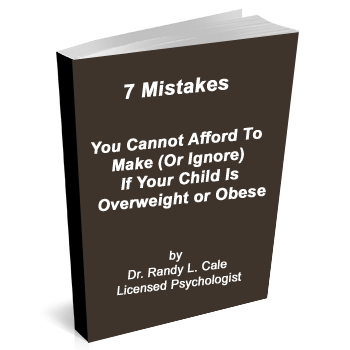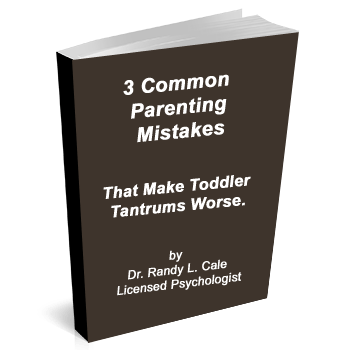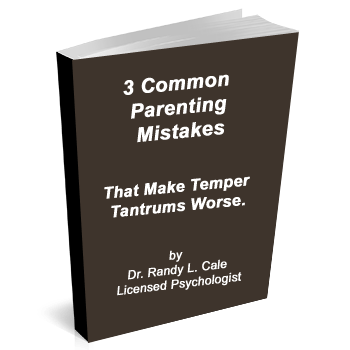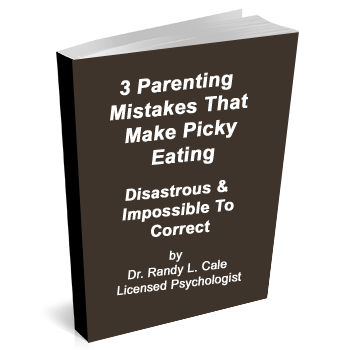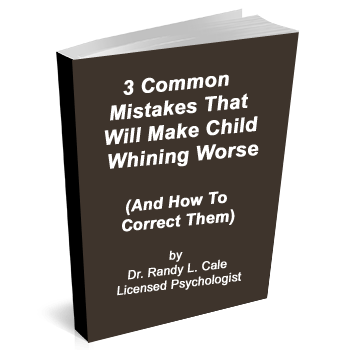Separation anxiety is relatively common with pre-school and elementary children. Separation anxiety can show up at various stages, and it often evolves in the following situations:
- Leaving kids at daycare, or summer camp
- Kids getting on the school bus.
- Leaving children with babysitters.
- The transition between households after divorce.
Several different factors contribute to kids experiencing anxiety when separating from a parent. Here is a summary of what we can safely conclude:
Increased general anxiety tends to contribute to separation anxiety.
The child is going through a stressful time, which may be due to a change in schools, friendships, homes, parental functioning, or any other events that increase their overall anxiety; is more vulnerable to separation anxiety.
The more overprotected…the more vulnerable.
When kids are overprotected by parents, they have not been allowed to experience upsets without being rescued from those upsets. This is one of the hallmark features of the overprotective child, and thus parents are unintentionally nurturing a weaker sense of self-esteem and self-confidence. Certainly, parents are not doing this to create a child who is more emotionally and psychologically vulnerable; it’s just that this is the ultimate consequence.
Parents who overreact to their children’s anxiety promote separation anxiety.
Some parents are highly sensitized to every emotional reaction of their child. They tend to impute adult feelings into their child’s emotional state. So when their child is crying, they impute a level of emotional distress consistent with what an adult would feel. This is simply not accurate, and it leads to parents overreacting to the slightest upsets on the part of their children.
This interferes with a healthy response which allows children to easily and quickly resolve their separation anxiety.
Significant disruptions or fear around relationships with parents.
During times of separation and divorce, there may be legal, practical, or protective reasons that produce a significant breach in the relationship between a child and a parent. When children experience a sense of deep loss or fear about a permanent loss with a parent, they may begin to display separation anxiety with their consistent caretakers.
When a parent’s fear becomes their child’s fear.
When parents are afraid that their children can’t handle it, they often communicate this to their kids. They don’t do so directly…they do so with their emotional reactions and the tone in their voice. They do it with the questions they ask. They do with how they keep probing and asking about a child’s experiences. If you want a sure-fire formula for undermining your child’s sense of confidence that they can handle a transition or change, then ask them twenty-five questions, and continue to doubt their answers. Make comments such as… “Are you sure?”
What this does is it puts children in a position to make decisions that parents are there to make. This is a setup for separation anxiety.
What can you do about it?
Don’t put your kids on medication.
I have seen this fail time and time again. This is not a situation where kids need medication. It is not the source of the problem for most children.
Get your child out of your emotions.
Make sure that your fears and worries have not become your child’s fears and worries. If you’re concerned about them going to school, or how they’re going to handle situations after a divorce, you have to deal with this fear and anxiety elsewhere.
They can handle it!
This is a plain and simple fact. Your kids can handle going to school. Your kids can handle being left at daycare. Your kids can handle going to Dad’s house….or going back to Mom’s house. Your kids can handle it. You must exude it. You must speak it. You must let your kids know. You must let yourself know.
Make transitions short and sweet.
The most significant mistake you can make would be to have a long goodbye. The second biggest mistake which is similar is to ask lots of preparatory questions and offer a huge explanation (over and over again) before a transition occurs. Both of these are certain to lead to failure, as they communicate your sense of uncertainty about whether or not your child can handle this.
On the other side….make sure you don’t engage the upsets.
Every elementary and kindergarten teacher knows this. When your child walks into the classroom with you standing there at the door, and your child starts to sob, they ask you to leave and while the teacher walks with your son or daughter into the classroom. Within five minutes, all is well and life goes on. These simple guidelines will help you stay on track. Follow them, and within a couple of weeks…life will be much better. Your child’s separation anxiety will be a thing of the past.







